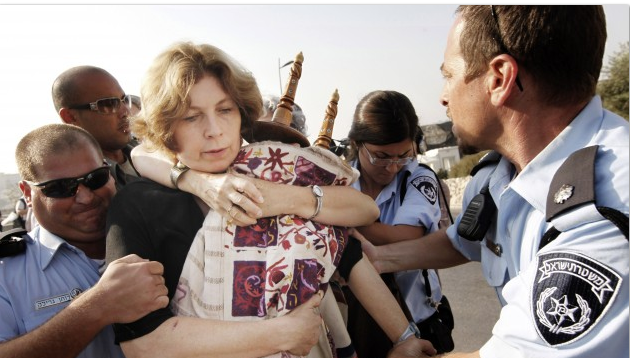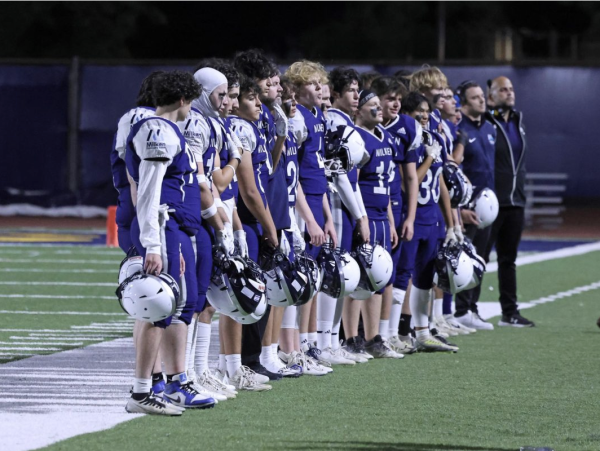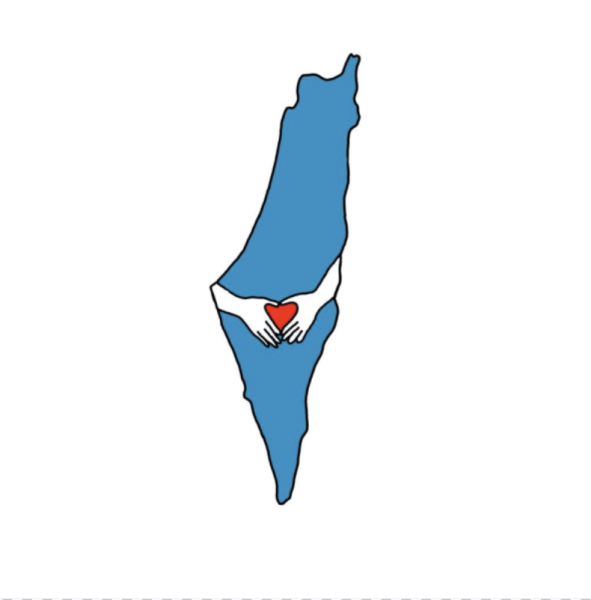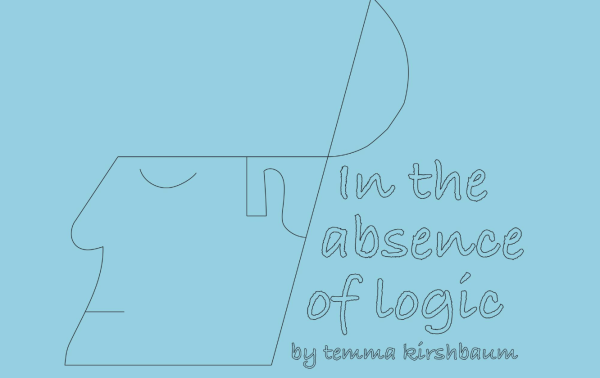Confessions of a Young Jewish Feminist: My Experience with Women of the Wall
This story won first prize for Reporting on Current Events Involving Judaism or Israel at the JSPA’s Inaugural Conference and Shabbaton in Los Angeles last October.
The security guard made small talk in English as he fumbled through the bright green backpack, frayed on the edges from use, and covered in USY and Camp Ramah pins.
“It’s early for American’s to be here, no?” he asked in typical Israeli syntax, remarking on the peculiarity of five American teens being at the Western Wall at seven-o’clock on a crisp Tuesday morning.
He continued to paw through the backpack with an air of determination and then upon opening the front pocket peered up with a look of ‘Eureka, I have found it’. The purple tallit bag, which had been previously hidden under an assortment of clothing and notebooks, was now exposed.
This security guard is one of many who patrol the Western Wall, or Kotel, daily. The holiest site in modern Judaism is also the leading tourist attraction in Israel; Jews flock here in spades, 24 hours a day 365 days a year. Under Israeli legislature proper conduct at the wall is on the authority of strict ultra orthodox observance. In accordance with these rules, and a law passed in 2001, it is illegal for women to perform certain religious practices traditionally done by men in Orthodox practice at the Western Wall. These include reading from the Torah, wearing tallit or t’fillin, and blowing a shofar. Thus the security guards exist for general safety, and to prohibit anything less than official conduct.
Looking down at the tallit in his hands and then back up at us the guard asked a series of rhetorical questions, all aimed at the fact that it was illegal for us to enter the wall with this piece of religious garb. The tallit in question wasn’t actually mine, but my friend Jenna’s. She brought it with her to Israel from her midwestern city of Eagan, Minnesota and, having been constructed out of pieces of ancestral fabric with her mom as a pre-bat-mitzvah ritual, it had an abundance of sentimental value. Standing beside her I felt absolutely helpless, but also ashamed. Ashamed that at this place of immense holiness Jenna and many other women around us were attempting to bypass security, solely with the intent of respectful, non-disruptive prayer, and were being restricted exclusively on the premise of gender.
In 1988 a group of multi-denominational women approached the Kotel, dressed in tallitot and with a Torah, where they conducted a prayer service. Although this service didn’t violate halacha (Jewish religious law), it enraged many men and women who lashed out with screams, curses, and threats. Since then 25 years have passed, and these women have identified themselves as “Women of the Wall” (WOW) a feminist organization that aims to “change the status-quo that is currently preventing women from being able to pray freely at the Western Wall.” WOW meets monthly on Rosh Hodesh (a holiday which celebrates the new month and is traditionally associated with women) where they first pray at the wall, and then conclude their service with Torah reading at the nearby Robbinson’s Arch.
I grew up in a family liberal to a fault. In addition to extensive knowledge of gay marriage, President Clinton, and recycling, my mother took it upon herself to educate me at a young age with my fair share of feminist viewpoints. She stressed the importance of equality, insignificance of gender roles, and the power of self-expression each one in every possible capacity: at school, in the workplace, or in the sphere of religion.
Yet as feminist minded in upbringing, I became more sensitive to the stigmas of religion with age. As I began to immerse myself more into Conservative Judaism my religious views became somewhat more traditional and although I was now more aware of the visible divides in Judaism between men and women, I didn’t take issue with many of them. I felt personally uncomfortable performing certain rituals, which many women at my liberal Californian shul did such as wearing a kippah, tallit, or t’fillin. This is not to say I’d become radically sexist, but rather I’d just taken a backseat in the feminist vehicle.
Women of the Wall gained popularity with great speed in my community. At first explanation I was skeptical to say the least, and believed it to be another feminist organization that existed to prove a point. If they wanted to do these things so badly I thought; they would just go somewhere else.
However on the morning of Rosh Hodesh Nissan I found myself standing outside the gate of the Kotel plaza, awaiting entry to my first Women of the Wall service. I was drawn equally by intrigue and defiance, and my mind full of preconceived notions. It was here at the gate that the guard prohibited Jenna from entering with her tallit and also here that something within me shifted. I realized that regardless of my personal prayer choices the Kotel should not be a place where women are forced to smuggle in their important religious belongings.
Women of the Wall has appealed to the Israeli Supreme Court multiple times. Finally in April of 2013 women were given the right to pray at the wall in tallit and t’fillin. However this newest law isn’t written in blood (or ink for that matter) and arrests of women wearing traditional garb have continued sporadically.
As go the acclaimed words of the founder of the State of Israel Theodore Herzl, “If you will it, it is no dream.” Women’s rights at the Kotel isn’t an issue that will evolve today or tomorrow however as a nation founded on the premise of change, as apparent in Herzl’s quote, I believe that this change will eventually come. Until then I await the day when women are able to walk through those metal detectors with their talitot and t’fillin proudly in hand.















